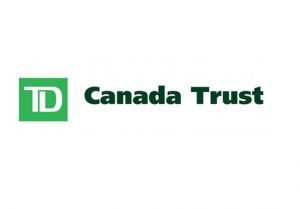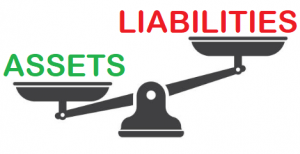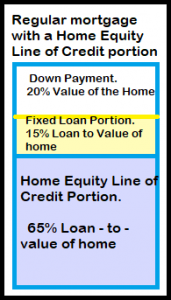Flexibility of a Variable Mortgage Product with the certainty of a Fixed Payment
Today I spotlight a cool variable-mortgage product offered exclusively by TD. It’s their variable mortgage.
Variable mortgage products are excellent for those who have a higher risk tolerance, but want the flexibility of paying off their mortgage without incurring outrageous penalties.
Current market conditions (October 2020) make the variable mortgage slightly cheaper than fixed rate mortgages, but you also run the risk of your monthly payments increasing if interest rates increase in the future.
TD’s variable mortgage product acts differently than the others.
TD’s variable mortgage keeps the payment fixed for the desired term and instead manipulates the portion of principal vs interest. If interest rates increase, the interest portion of the monthly mortgage payment increases. If interest rates decrease, the principal portion of the payment will increase.
This can be an excellent product for those who wish to take advantage of the flexibility and low pre-payment penalties of a variable mortgage, but don’t want the risk of their mortgage payment increasing.
The down-side with this product is if interest rates increase the overall amortization period of the mortgage will increase. However, if interest rates decrease the amortization will also decrease.
To learn more about the differing mortgage products, and to discuss a mortgage scenario please give me a call or text @ 778-215-4121
Cheers,
Adam Sale



